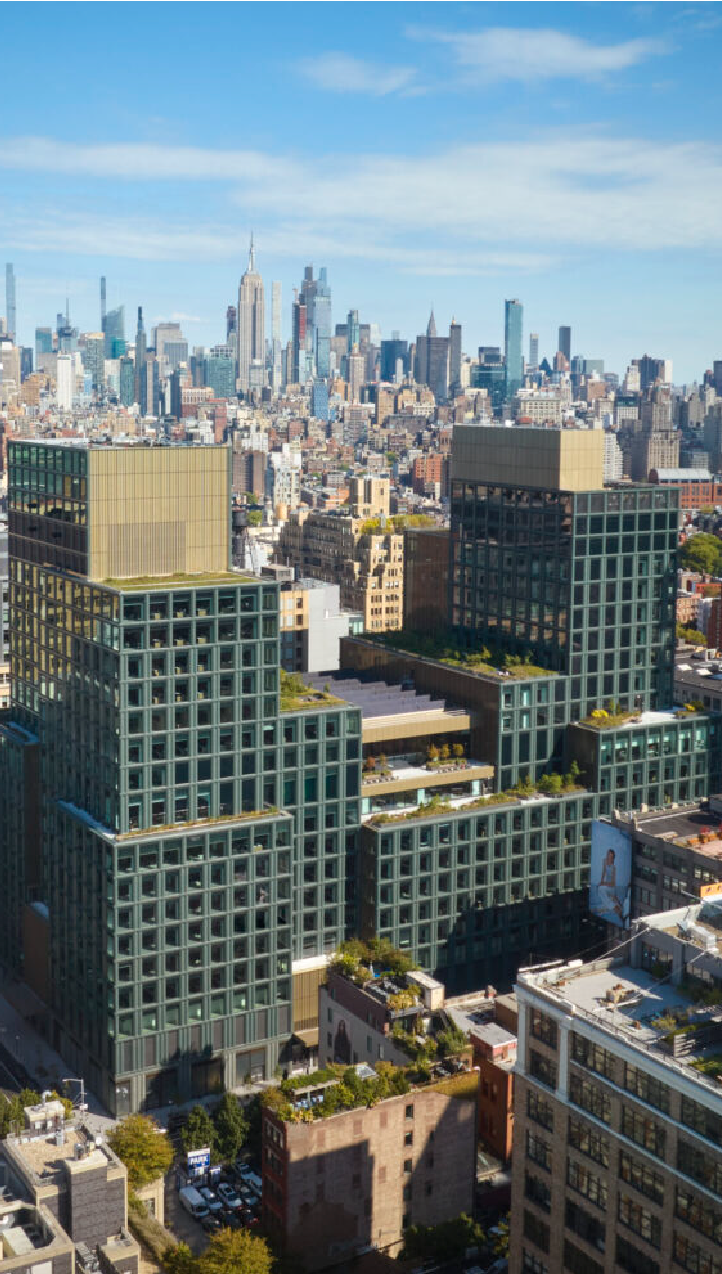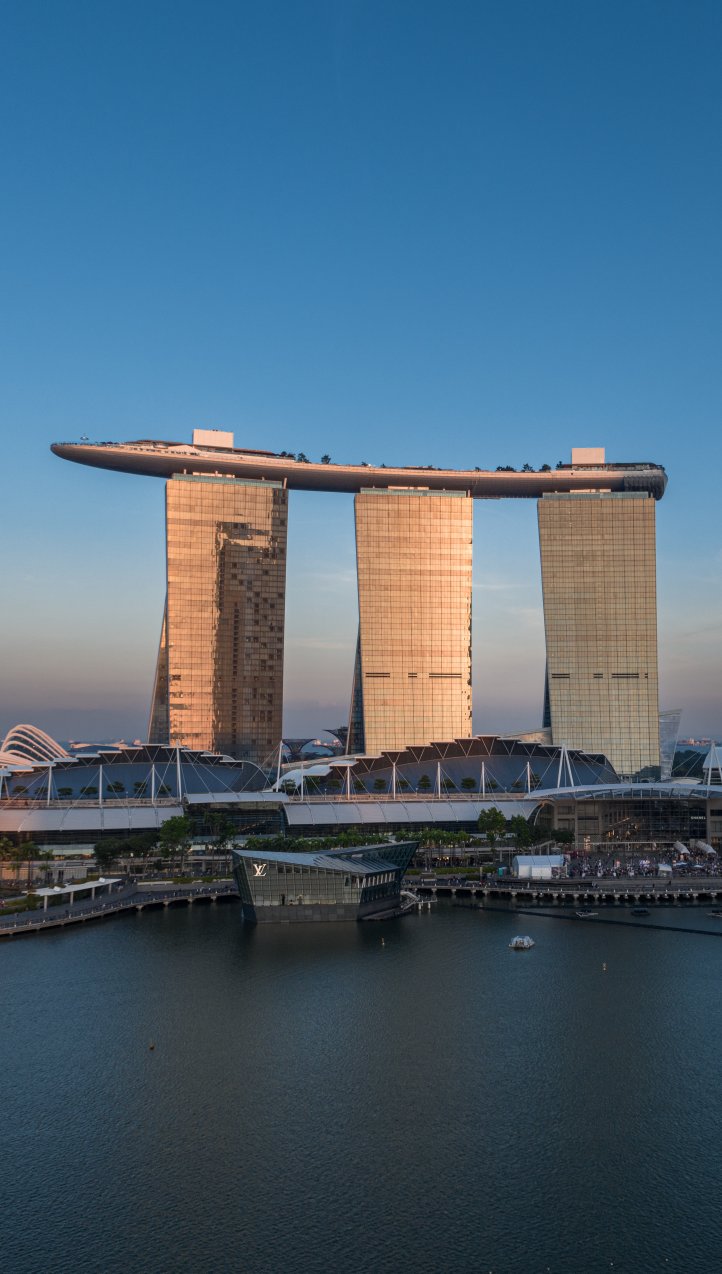A Nation Built with Vision (and a Lot of Lumber)
The 4th of July isn’t just about fireworks and flag cake—it’s about identity. And in America, one of the most powerful expressions of identity is built right into our homes, libraries, skyscrapers, and front porches. American architecture is where culture, politics, climate, and creativity all meet. It’s bold. It’s diverse. And it’s always evolving.
In this article, we’re going beyond the red, white, and blueprint to unpack how U.S. Independence sparked a legacy of design innovation. From Colonial saltboxes to cutting-edge smart homes, we’ll explore the styles, values, and design moves that define our built environment.

Designing a Nation: American Architecture in the Wake of Independence
After 1776, the newly independent U.S. wasn’t just carving out political territory—it was also crafting a national image. That image? Balanced, rational, and democratic—qualities reflected in the rise of the Federal style.
Pioneered by Thomas Jefferson and inspired by Roman and Palladian design, this architectural movement favored symmetry, clean proportions, and modest ornamentation. Buildings like Monticello and the Virginia State Capitol weren’t just structures—they were symbols of enlightenment ideals brought to life in brick and limestone.
This wasn’t copy-paste from Europe—it was remixing European aesthetics into something distinctly American.
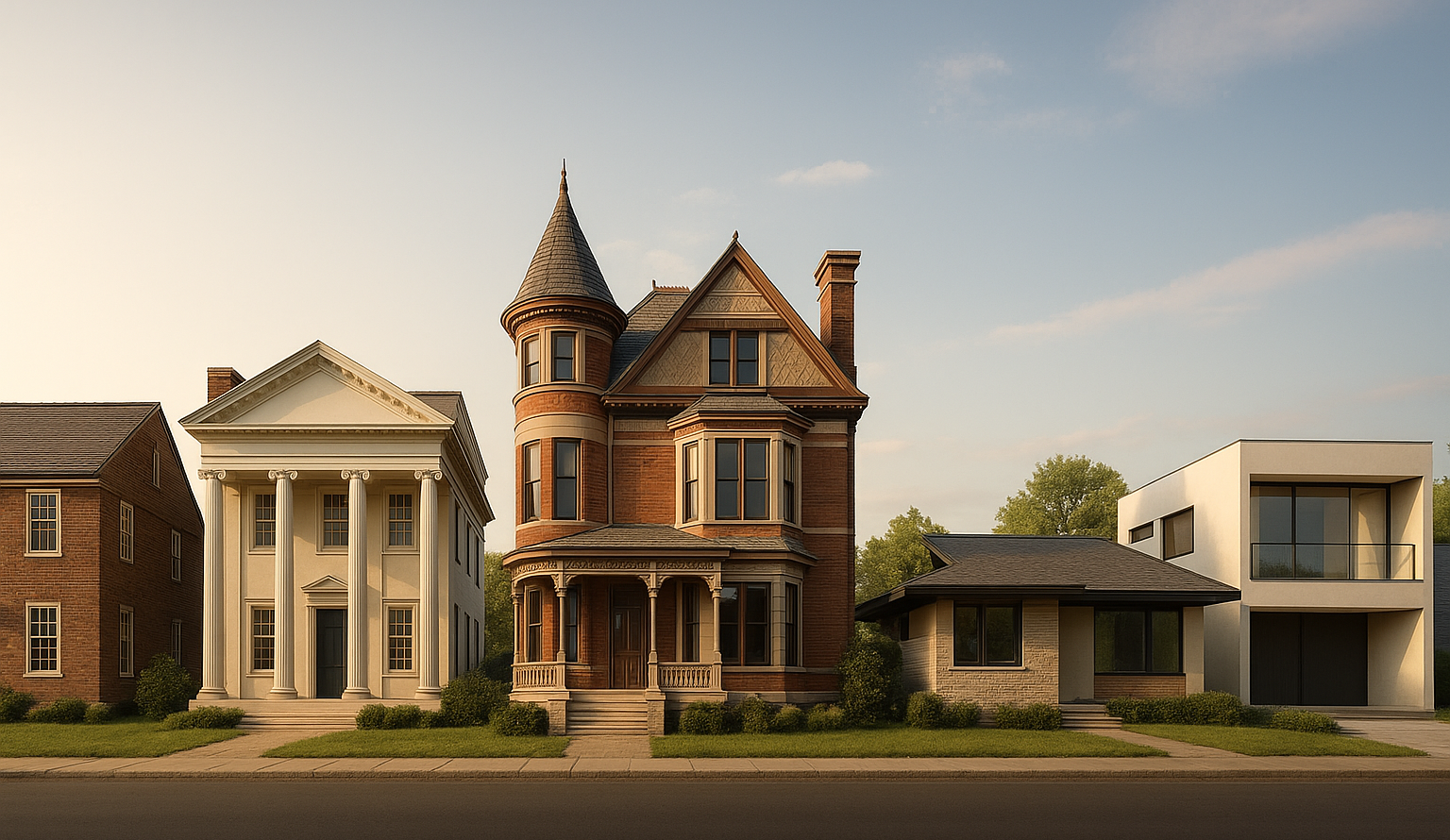
Homespun Heritage: Colonial Styles That Still Resonate
Even before the fireworks and fanfare, Colonial America had already established a visual language rooted in adaptation and simplicity. Early settlers—English, Dutch, French, Spanish—brought building traditions from their homelands and reshaped them using local materials and conditions.
The result? Styles like:
- Cape Cod: Compact, practical, and storm-ready, with pitched roofs and central chimneys.
- Georgian: Structured, refined symmetry with brick facades and sash windows.
- Dutch Colonial: Gambrel roofs and flared eaves for extra headroom and attitude.
These homes were built for resilience and legacy. And many still stand today as living reminders of the nation’s formative years.
Neoclassicism: When Architecture Went Full Democracy
By the early 1800s, Greek Revival had swept across the U.S., becoming the go-to style for courthouses, banks, and Southern plantations alike. Columns, white facades, and temple-inspired forms were seen as tributes to the birthplace of democracy—Athens.
This style wasn’t just aesthetic; it was ideological. In a nation trying to project unity, reason, and strength, Neoclassical design became the physical embodiment of civic virtue.
However, it’s also a complex legacy. Many grand plantation homes, while stunning in scale and proportion, were built during a time of profound social inequality. The architecture tells both a proud and painful history.
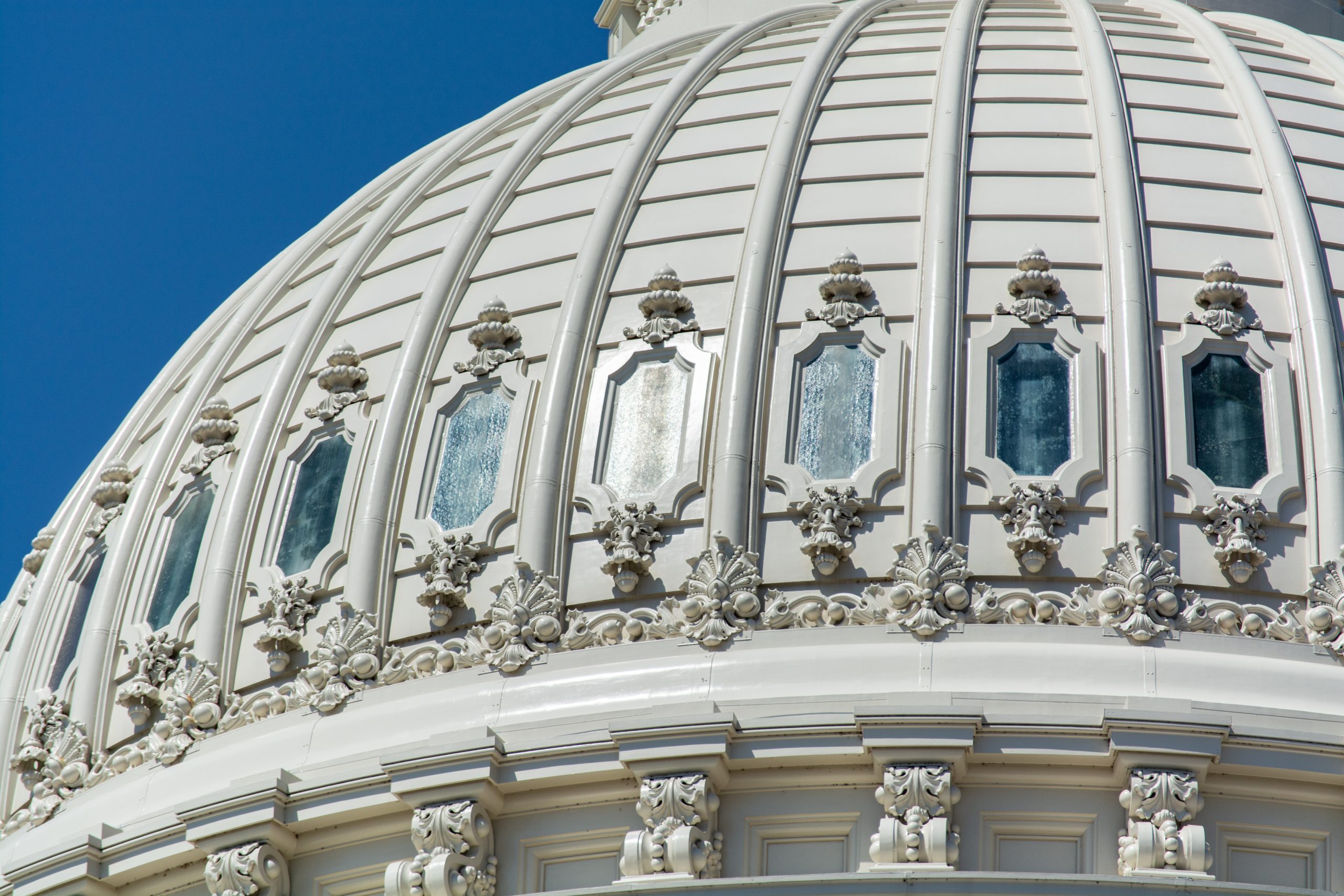
American Architecture Goes Bold: Victorian Drama and Gilded Age Glamour
The industrial revolution didn’t just transform factories—it exploded the architectural playbook. The 19th century gave birth to a kaleidoscope of styles:
- Gothic Revival with its pointed arches and vertical flair
- Italianate homes with overhanging eaves and ornate brackets
- Queen Anne masterpieces full of towers, wraparound porches, and color
Then came the Gilded Age, when railroad barons and steel magnates turned their fortunes into palatial homes. Beaux-Arts mansions, Renaissance Revival estates, and Chateauesque castles popped up from Newport to New York.
It was maximalism before Instagram. And yes, it was very American.
The Prairie Vision: Frank Lloyd Wright and the New American Home
Frank Lloyd Wright didn’t just want to design houses. He wanted to design a way of life. His Prairie School and Usonian homes championed open floor plans, horizontal lines, and natural materials.
This wasn’t just form following function—it was form following freedom.
Wright’s philosophy of “organic architecture” still influences how we think about space today: connection to nature, blurred indoor-outdoor lines, and homes that feel like they belong to the land.
Mid-century modernism? You can thank Wright for that. Learn more about Frank Lloyd here.
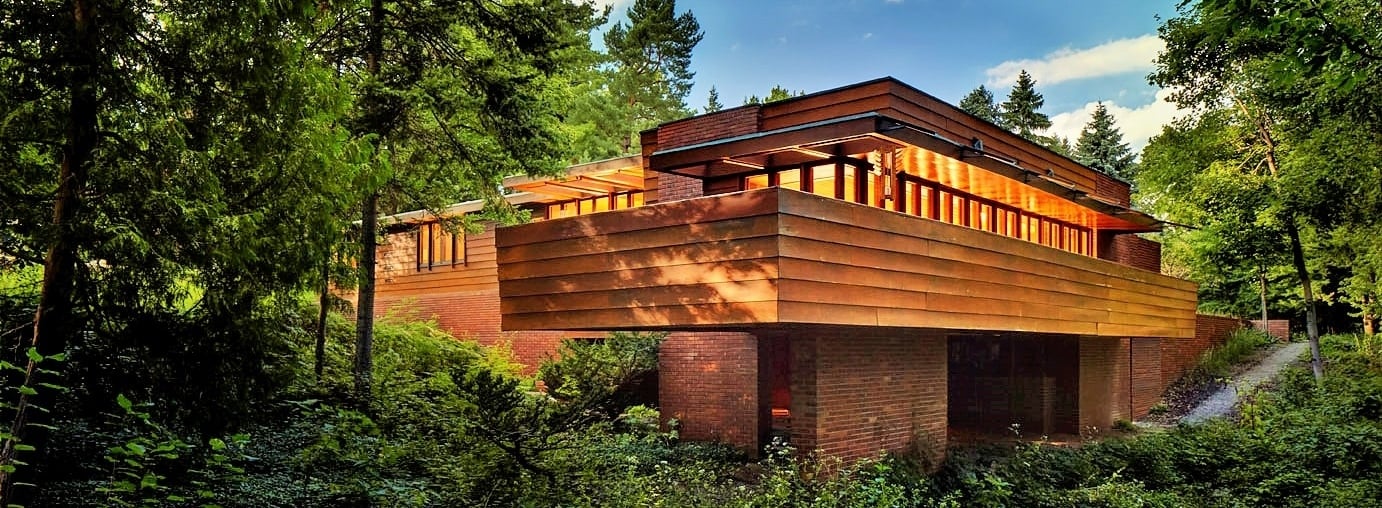
The Modern Melting Pot: 21st-Century American Architecture
Today’s American homes are more expressive than ever. Why? Because the U.S. is a cultural mosaic—and so is its architecture.
- Biophilic Design: Skylights, green walls, and nature-first thinking.
- Tiny Homes: Living large by living small.
- Postmodern Hybrids: Mix a Colonial facade with a Scandinavian interior? Sure, why not.
- Sustainable Materials: From cross-laminated timber to rammed earth, innovation is everywhere.
In today’s American architecture, diversity isn’t just included—it’s essential. Every home tells a story. And every new build adds a chapter.
From Paper to Pixels: How 3D Rendering Fuels Architectural Storytelling
Here’s the thing: even the most historically informed, culturally rich, and structurally sound design can fall flat if it can’t be visualized. That’s where 3D rendering comes in.
At Xpress Rendering, we work with architects, builders, and developers to create high-impact visuals that do more than show a structure—they tell a story. Whether you’re pitching a Cape Cod homage, designing a prairie-inspired smart home, or reimagining a Federal-style facade, our team turns your vision into visuals your clients feel, for more information Get Your Quote Here.
From photorealistic renders to animated walkthroughs, we help you connect the dots between history and innovation.
FAQs About American Architecture and Its Legacy
-
What makes a building “American” in style?
American architecture blends influences from Europe, Native American culture, and modern innovation. It’s defined more by values—freedom, practicality, and individuality—than by a single style.
-
How did the 4th of July and U.S. independence influence American Architecture styles?
Independence encouraged self-definition. Architects embraced neoclassical and Federal styles to reflect democratic ideals, moving away from British aesthetics.
-
What are the most iconic American home styles?
Colonial, Craftsman, Ranch, Mid-century Modern, and Victorian are among the most recognizable, each tied to a specific era and cultural shift.
-
How can architects and developers showcase these styles today?
With 3D renderings, animations, and virtual tours, professionals can visualize traditional and modern American designs for clients and stakeholders—accurately and compellingly.
-
Where can I get architectural visualizations of American-style projects?
Xpress Rendering offers customized 3D rendering services tailored to American architectural styles—from historical recreations to contemporary design proposals.
Conclusion: This 4th of July, See the Spirit of Independence in Every Structure
As we celebrate Independence Day, we celebrate not just a political milestone, but a design legacy. American architecture is a visual declaration of who we are—bold, diverse, forward-thinking, and rooted in freedom.
From humble farmhouses to avant-garde museums, every wall and window reflects a belief in possibility.
And as we look to the future, one thing is certain: the American home will keep evolving, keep adapting, and keep inspiring.
Because here, we don’t just build places to live. We build places to belong.
